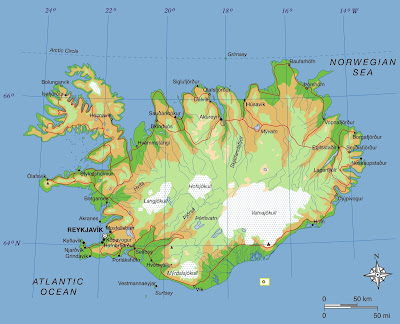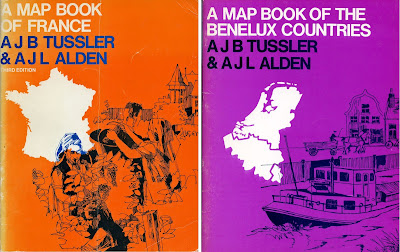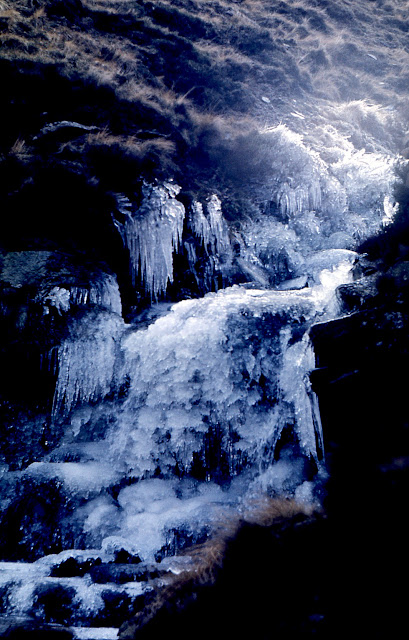The new ‘Turing’ £50 note brings yet another change to our U.K. currency. There seem to have been so many in recent years.
They used to be rare. When my grandpa gave me this set of Queen Elizabeth II coins in 1953, their denominations and basic appearance had remained more or less unchanged for decades. In theory, some coins in circulation were over two-hundred years old. Their nicknames – tanner, bob, florin – were part of popular culture.
My dad put the Queen Elizabeth coins safe in his black metal box and took them out now and again to let me look. I liked the lady in armour with her fork and shield (“Britannia,” he told me), the elaborate sailing ship (“The Golden Hind”), the different lions of the English and Scottish shillings, and the young Queen on the ‘heads’ sides. The penny and half-crown were biggest, but my favourite was one of the smallest, the tiny farthing with a “robin” on the back [as pointed out in the comments, it is a wren, and a sixty-eight year old misconception].
They were shiny bronze and silver then, but, like me, they have tarnished. Those whose packaging has also failed to preserve them will tell you there were twelve pennies to the shilling and twenty shillings, 240 pennies, to the pound. We can still, in our heads (Weaver?), do things like add 14s 10d to 11s 8d to get £1 6s 6d (i.e. fourteen shillings and ten pence to eleven shillings and eight pence, often written 14/10 and 11/8). It was a great way to bamboozle foreigners.
The only recent change to the coinage had been the introduction of the twelve-sided yellow threepenny bit in 1937 in place of a smaller, round, silver coin that was discontinued in 1945. The last significant change before that had been almost a century earlier with the introduction of the two-shilling piece in 1849. As one-tenth of a pound, it had been created with decimalisation in mind – a rare example of a government planning well ahead.
Since 1953, the only thing not to have changed is the Queen. Changes were slow at first but since then most coins have changed twice. First to go was the farthing which became so insignificant that none were minted after 1956. They were removed from circulation in 1961. The halfpenny (‘aipny as we called it) followed in 1969, and the half-crown in 1970, although that was to prepare for decimalisation in 1971, fifty years ago.
Decimalisation put paid to most of the rest. Pennies (‘d’) were superseded by New Pence (‘p’). One New Pence was worth roughly two and a half old pennies. Five new coins came in (½p, 1p, 5p, 10p and 50p) and the old ones were gradually withdrawn. For six and a half months we used the old and the new side-by-side and became adept at switching between. That’s why we’re mentally nimble. One pound six shillings and sixpence? Easy! £1.32½. Some of the old coins had exact decimal equivalents, the lowest common factor being 6d which was worth 2½p, so provided you used the old coins in sixpenny clusters you were fine.
What came next? It’s nigh impossible to remember but I’m one of those sad people who look things up and make lists.
- The old sixpence, shilling and two shilling coins remained in use after decimalisation as 2½p, 5p and 10p coins. In fact, the new 5p and 10p coins were identical in size and weight to their older counterparts and had been introduced in 1968 to get us used to the idea. The sixpence lasted until 1980, and the shilling and two shillings until the early 1990s.
- Also in 1968, a seven-sided 50p coin had replaced the paper ‘ten-bob note’.
- In 1982, the inscription ‘NEW PENCE’ was changed on all coins to show the denomination, e.g. ‘TEN PENCE’.
- A seven-sided 20p coin was introduced 1982 and a round £1 coin in 1983.
- The ½p coin was withdrawn in 1984 and the paper £1 note in 1988.
- Three of the original decimal coins were replaced by smaller versions: the 5p in 1990, the 10p in 1992, and the 50p in 1997.
- A £2 coin was introduced in 1998, the first bi-metallic coin in Britain since the 1692 tin farthing.
- The original round £1 coin was replaced by a twelve-sided bi-metallic coin in 2017. It looks like the old threepenny bit and doesn’t seem to buy very much more.
- There have also been several changes in the physical size and design of banknotes over these years, most recently between 2016 and 2021 when paper banknotes were replaced by polymer ones which slither and slide restlessly in your pocket and refuse to stay folded.
My grandfather probably thought the 1953 set of Elizabeth II coins would be a good investment. Not so. Even if the packaging had preserved them in mint uncirculated condition, which it hasn’t, despite not being opened in sixty-eight years, you would do well to get back the inflation adjusted equivalent of their face value: £9.50 for 7s 4¾d (seven shillings, four and three farthings).
Anyone would think it just a cynical ploy by the Royal Mint to make money from making money. I hang on to them only because they are things of beauty. They still live in my dad’s black metal box. These too:
 |
| Another pre-decimalisation Queen Elizabeth II set dated 1966. |











































